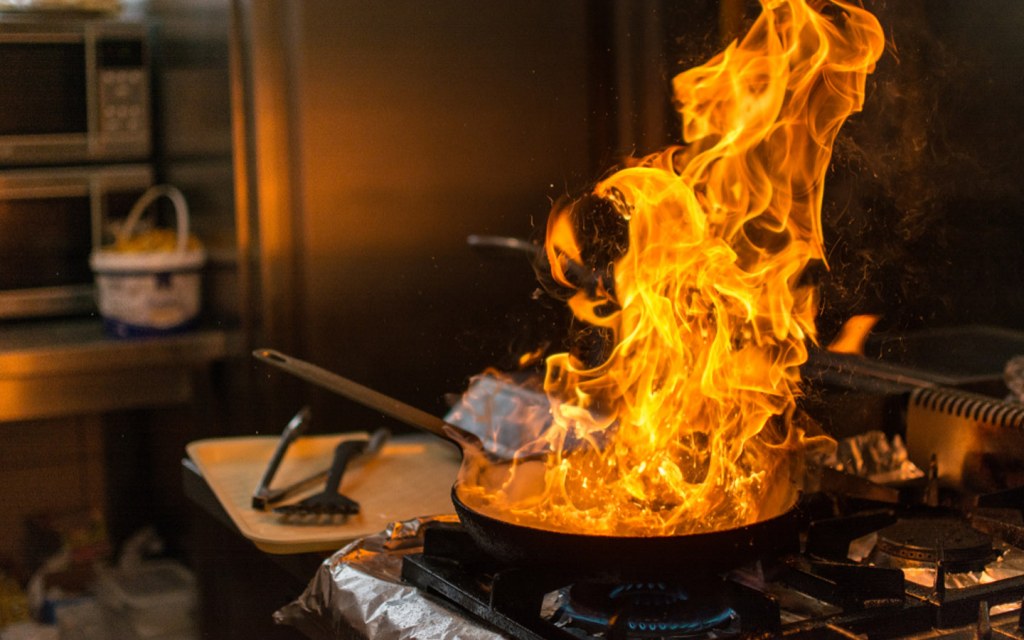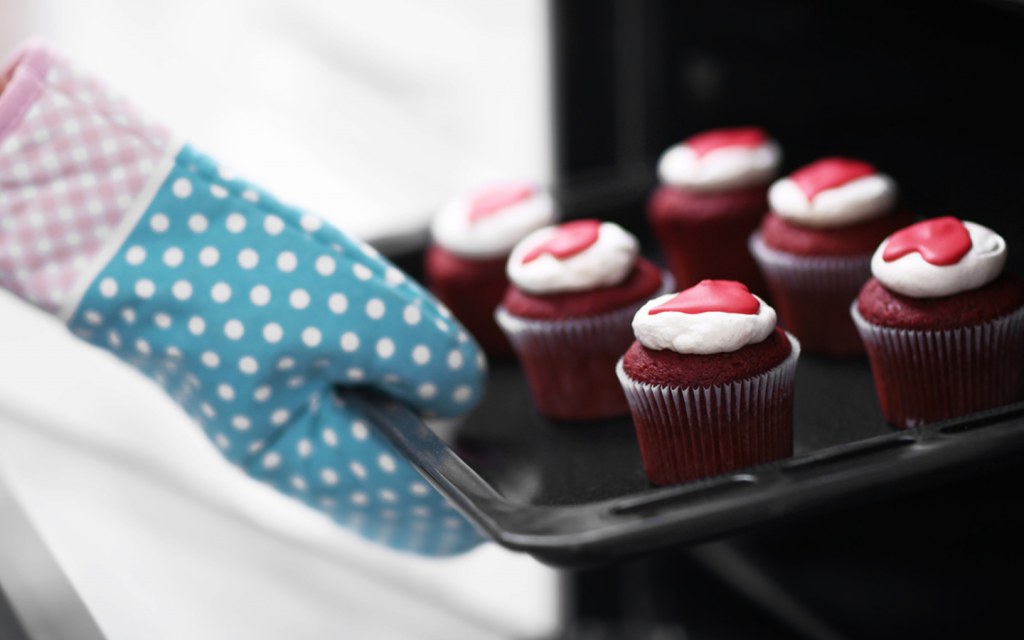In this Post:
–Common Kitchen Safety Risks
–Checklist of Home Kitchen Safety Rules
A kitchen is, arguably, one of the most important parts of your home. It is where you prepare meals for your family and guests. When working in a kitchen, you may have to deal with different types of hazardous items that include knives and other forms of cutting tools, heating equipment, smoke, and naked flames. This makes it important for you to be aware of the basic rules for kitchen safety to keep yourself and your loved ones safe. So, to help you out in this regard, we are going to talk about the common kitchen hazards as well as the important home kitchen safety tips to avoid them in this blog.
So, let’s get started!
Most Common Kitchen Hazards

Some of the easiest, and unavoidable, tasks such as food preparation, handling of the equipment or cleanliness can pose some of the most common kitchen hazards. Let’s take a look at some kitchen safety risks that you need to be aware of.
- Cuts
- Fire Eruption
- Burns
- Unattended Food
- Trip and Slip Hazards
- Poor Ventilation
Cuts: Using knives, especially the dull ones, can be dangerous and may result in cuts and wounds as you have to press harder with it to cut something.
Fire Eruption: Greasy stoves and clogged exhausts have often been observed to cause fire incidents in homes.
Burns: Picking up something extremely hot without wearing gloves can cause your skin to burn.
Unattended Food: The food that you have prepared in your kitchen, if not refrigerated in time, can go stale, especially if you have a hot and humid environment. This may let you experience an unpleasant odour in your kitchen and cause bacteria to spread.
Trip and Slip Hazards: Viscous liquid like cooking oil, if spilled on the floor, can make the surface very slippery, increasing the intensity of slip and trip hazards in your kitchen.
Now that you are aware of the most common kitchen hazards, let’s learn about some important home kitchen safety tips to avoid them.
Checklist of Home Kitchen Safety Tips

Here’s the checklist of home kitchen safety tips that we have jotted down for you.
- Put all the knives and sharp objects in a drawer or a wooden block. One of the basic rules for kitchen safety is to ensure that all the cutting tools are out of the children’s reach. Even if the knives are in a drawer, you have to be extra careful while picking them up, so that you won’t get a cut or a wound. Putting all the cutting tools in a plastic or wooden case is another way to stay safe from getting injured.
- Make sure you have a neat clean and grease-free kitchen if you want to prevent fire incidents from happening. Be extremely cautious when working with heating equipment like electric stoves and naked flames or electric stoves – keep flammable materials away from sources of heat a
- Get your kitchen inspected for any potential gas-leaks as they can result in fatal accidents. This is also to ensure fire safety in the kitchen.
- Is your heating appliance working fine? If not, then avoid using it until it’s malfunctioning is fixed. After all, it’s not something worth risking your life.
- Keep all the liquids in your kitchen in labelled containers kept at a safe place so that they won’t fall and spill on the floor, causing someone to trip and get injured due to slipperiness. You can always get non-slip and anti-glare floorings installed in your kitchen to prevent any unpleasant incidents from happening.
- Another thing to do to feasibly bring to the trip or fall hazards in your kitchen is by keeping all the cables and pipelines out of walkways. Try having a concealed network of pipeline and electric wiring system in your kitchen area. You can get electric sockets installed for appliances.
- Do not touch any hot containers directly as it can result in burns and rashes on your skin, instead opt for using kitchen gloves or other kitchen handling equipment such as tong.
- Make sure that the exhaust system in your kitchen is always running in a good condition to maintain a well-ventilated environment as well as fire safety in the kitchen.
- Avoid air-drying the clothes in your kitchen as fabrics can catch fire very quickly, causing it to spread rapidly.
- Installation of the electrical boards in a kitchen away from the sink area is also one of the basic rules for kitchen safety. It is how you can keep the electrical appliances in your kitchen away from the splashes of water to prevent the incident of electrocution.
- Never keep the pot handles in the front of the stove as it becomes easier for children to grab them, causing them to suffer burn injuries (if the equipment is very hot). Even adults can bump into the pot handles if they come in their way, increasing the safety hazards in a kitchen.
- Try to have proper lighting arrangements in your kitchen area. It doesn’t matter if daylight keeps your kitchen space well-lit during the day, ensuring proper positioning of lights will help you work hassle-free in your kitchen even after it gets dark. Moreover, increased visibility will also assist elderly people to comfortably move around the kitchen area.
- Some changes to the storage and work space in your kitchen can also make it safer and more spacious. Here are some useful ways to remodel your kitchen to increase its practicality.
Note: Considering the basic kitchen safety rules, all the light switches in your kitchen space should be installed at the entrance.
Now that we have given you all the necessary information about the most common kitchen safety risks and tips, it’s time for us to wrap up this post. We hope the above information will help you in having a safer kitchen space for yourself and your household members. If you have any questions or feedback related to our blog, feel free to get in touch with us at blog@zameen.com.
On a side note, you might also be interested in reading blogs about electrical safety tips for your home and ways to prevent a house fire.
If you want to read more tips and trips about different lifestyle-related matters, head over to Zameen Blog. Subscribe to our e-newsletter and get all the latest updates from our blog section.



